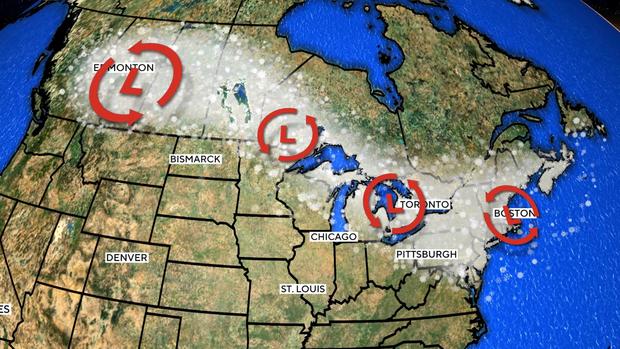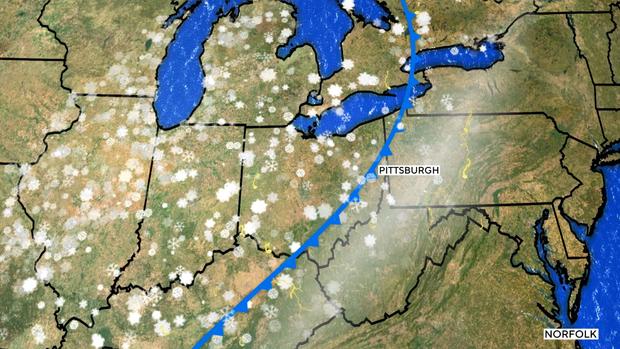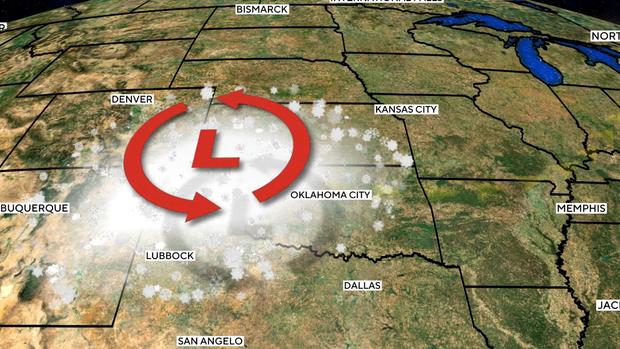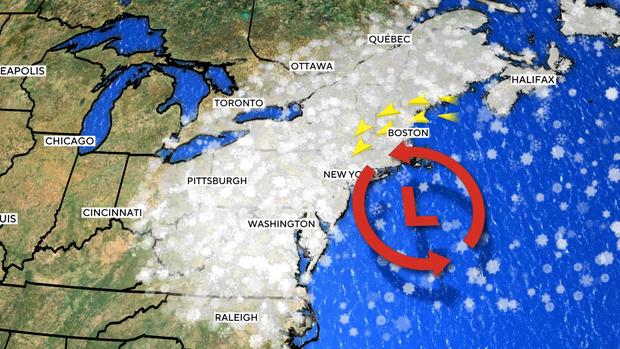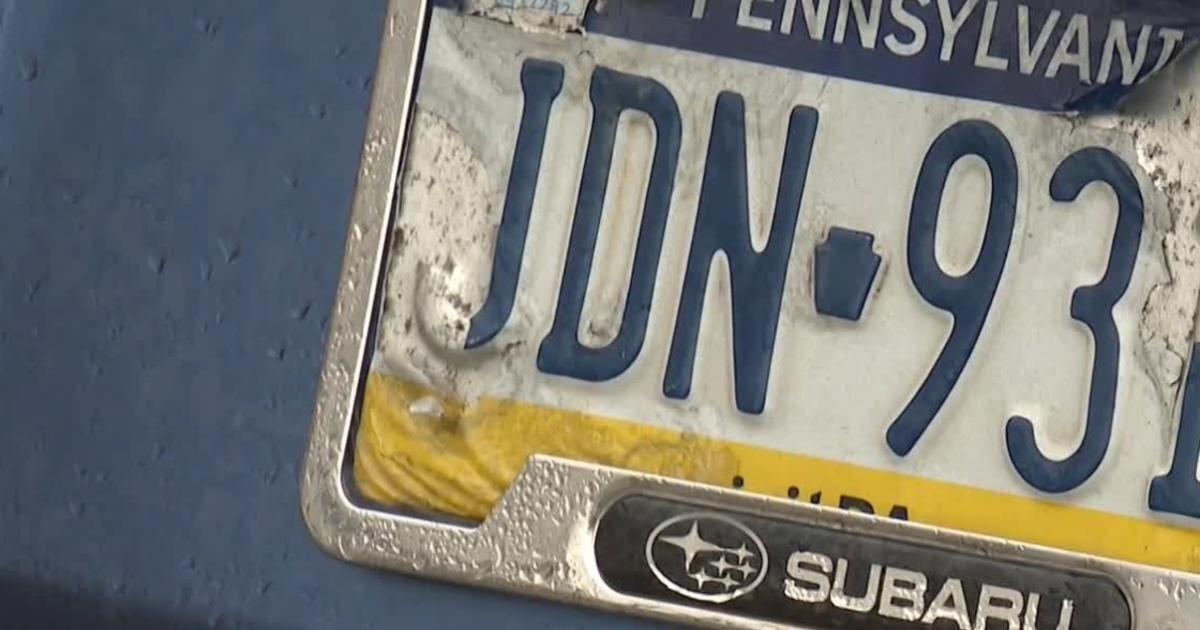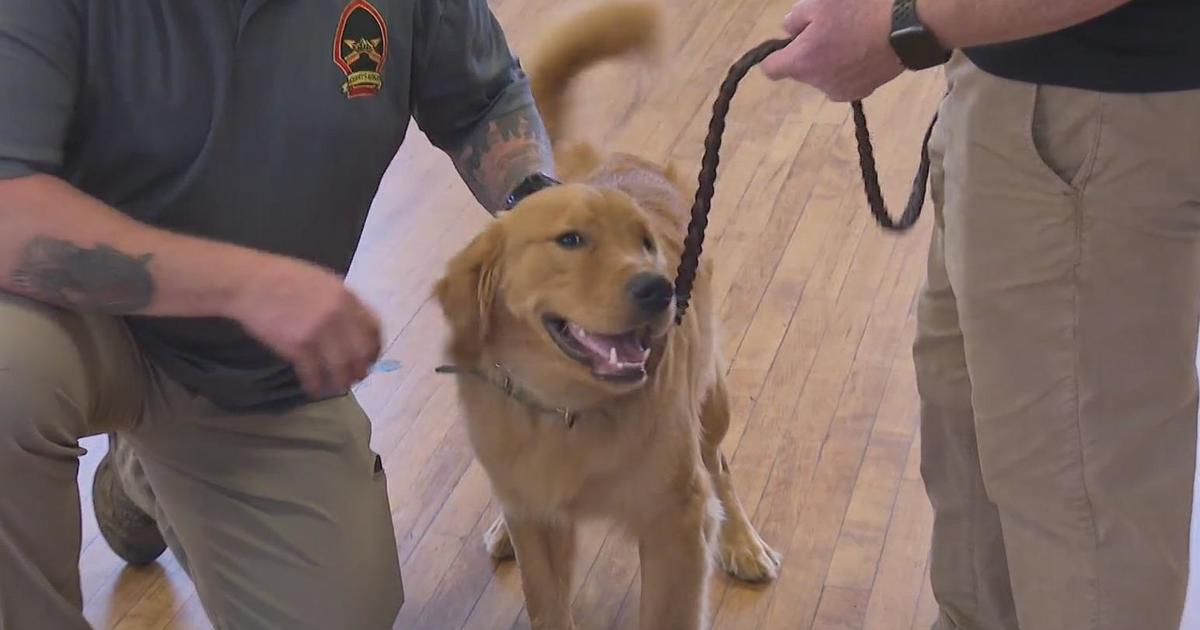Hey Ray: Types of winter storms, explained
PITTSBURGH (KDKA) - I know you have heard of Winter Storms and Blizzards, but there are many different types of systems that bring some of the heaviest snows in the winter.
One of the most common systems in our area is an Alberta Clipper. These get their name because they originate near Alberta, Canada and they move pretty fast, clipping you with a dose of snow.
They dive down from Alberta, cross over the Great Lakes, and then usually exit in the Northeast States. These are usually good for about 2-4" of snowfall in our area, depending on how much moisture the Great Lakes help with.
In the Summer, you may have seen a squall line of thunderstorms. There is actually a winter version of those, and they're also called "Squall Lines".
Much like their spring and summer counterparts, winter squall lines are a thin line of snowfall. They move at the front of cold air masses, and they are convective. This gives them a lot of lift, meaning graupel, thundersnow, and brief, heavy snow are all possible in these squall lines.
How about a system with a fun name? Let's talk about a Panhandle Hook! These storms generate near the panhandles of Texas and Oklahoma, thus the first part of their name. They start out moving in an eastward direction, but the National Weather Service says they get their name because they hook or curve northward into the Midwest States and Great Lakes Region.
These are systems have the potential for heavy snow, especially north of the Low Pressure that is associated with it. South of that "low", thunderstorms are usually found.
The winter storm systems that probably get the most attention are Nor'easters. These are typically associated with the big snows that occur on the East Coast. They generate near coastal waters and move up the east coast. While moving up the coast, they strengthen from the relatively warmer Atlantic Ocean waters, sometimes with winds reaching hurricane strength.
They get their name from the winds that flow counterclockwise around the low-pressure center of it. With that flow, strong winds blow from the Northeast. Those winds have a lot of moisture that meets up with cold air bringing the potential for very heavy snow!
At the end of the day, if you get enough snow, you will have to shovel, no matter what the storm is called!
